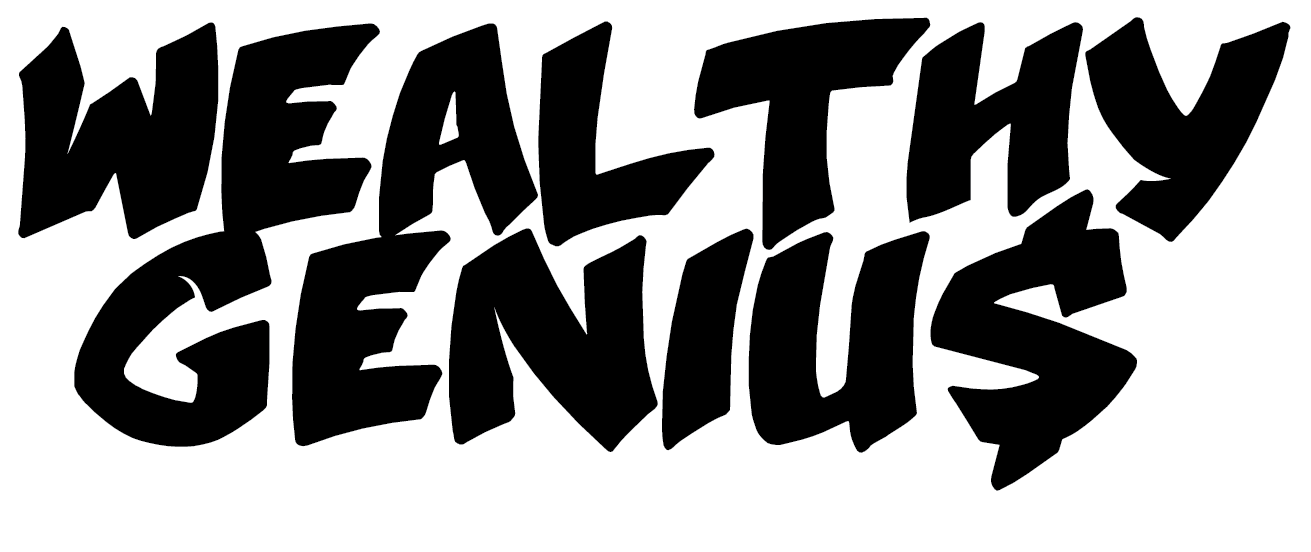The explosive rise of generative AI—kicked off by OpenAI’s ChatGPT in November 2022—created a trillion-dollar frenzy that reshaped tech. While the boom was years in the making (with roots in transformers and large language models from the late 2010s), its consumer-facing breakout caught many incumbents off guard, forcing frantic pivots. “In the know” giants like Microsoft and Amazon had early bets paying off through strategic partnerships and infrastructure plays, positioning them as leaders by 2025. Laggards like Google, Meta, and Apple were blindsided by the speed and hype, scrambling with rushed releases and talent wars that exposed internal caution. This divide wasn’t just about tech stacks; it was cultural—risk-averse hardware kings vs. cloud-native aggressors. Drawing from 2023-2025 analyses, here’s the scorecard on the Big Five (Apple, Alphabet/Google, Meta, Microsoft, Amazon), plus key outsiders like NVIDIA and OpenAI.
Ahead of the Curve: The Prepared Power Players
These giants sensed the shift early, investing in models, compute, and ecosystems pre-ChatGPT. By 2025, they’re reaping rewards in capex (over $300B combined for AI/datacenters) and market caps, with AI fueling 20-30% revenue growth.
- Microsoft: The undisputed frontrunner, deeply “in the know” since its $1B OpenAI stake in 2019. They integrated GPT tech into Azure, Bing, and Office 365 (Copilot launched 2023), turning AI into a $10B+ annual revenue stream by 2025. Strategy: Exclusive OpenAI partnership for enterprise lock-in, plus hedges like Mistral and xAI investments. Challenges: Fraying OpenAI ties (antitrust whispers) and low Copilot adoption (under 10% in some apps). Still, Azure’s AI infra dominance makes them the “non-OpenAI OpenAI provider.”
- Amazon: Quietly ahead via AWS’s early AI toolkit (Bedrock, 2023) and a $4B Anthropic bet (2023), optimizing for custom chips like Trainium. No proprietary models, but optionality in partnerships sustains AWS’s 31% cloud share, with AI driving 15% usage spikes. Strategy: Usage-based revenue from AI workloads, plus e-comm agents for recommendations. Challenges: Lagging chips vs. Google’s TPUs; external AI could disrupt Amazon ads. By 2025, they’re competitive, not leading, but stable—AI boosts affiliate revenue without consumer conflicts.
- NVIDIA (Honorable Mention): Not a “software giant,” but the AI enabler everyone envied. Pre-boom GPU bets (CUDA ecosystem since 2006) exploded post-ChatGPT, with 2023 revenues up 126% to $27B. They’re “in the know” on hardware needs, powering 80% of AI training. 2025 outlook: $100B+ capex beneficiary, but chip export curbs to China pose risks.
Caught Off Guard: The Reactive Runners-Up
ChatGPT’s viral launch (1M users in 5 days) triggered “code red” memos and all-hands panics, exposing how caution on ethics, monetization, and disruption fears left them flat-footed. By 2025, they’re playing catch-up, with mixed results.
- Google (Alphabet): The biggest surprise—internal 2023 memo deemed ChatGPT a “code red” threat to search, accelerating Bard’s rushed February 2023 debut (which flopped on accuracy). They had LaMDA (similar tech since 2021) but moved cautiously on risks like misinformation. Strategy: Gemini (2024) leverages unmatched data (YouTube, web index) for multimodal wins, evolving search into AI Overviews. By 2025, they’re ahead in infra (TPUs, GCP), with 35% consumer AI share, but real-world usage lags OpenAI. Challenges: Ad model perfection leaves no AI upside; mobile miss echoes here.
- Meta: Cautious pre-boom (focused on metaverse), ChatGPT sparked a 2023 talent poach frenzy—Zuck’s emails offered $100M+ packages, but Llama models disappointed (Llama 4 benchmark drama in 2025). They were “experimenting” with generative AI but not consumer-ready. Strategy: Open-source Llama for abundance (ads, VR UIs), plus a 50-person superintelligence lab. By 2025, lagging with “OK” models and internal chaos. Challenges: Ad business vulnerable to chatbots; recruitment hesitation amid restructurings.
- Apple: The ultimate laggard, still hardware-obsessed in a software race. ChatGPT hype exposed Siri’s 2011-era limits; Apple Intelligence (2024) was glitchy, with on-device privacy focus slowing cloud-scale advances. Lost 20% AI talent to rivals in H1 2025. Strategy: Partnerships (OpenAI for iOS 18, potential Anthropic) to leverage 1.8B devices for semantic search. By 2025, 15% AI tool share, trailing benchmarks. Challenges: $50B capex vs. peers’ $300B+; “build vs. buy” risks dependency. Outlook: Agentic AI could flip if Siri rivals ChatGPT, but bureaucracy persists.
| Giant | In the Know? | Key 2023 Surprise | 2025 Status | AI Revenue Edge |
|---|---|---|---|---|
| Microsoft | Yes (OpenAI bet) | Minimal—prepped via Azure | Leader (Copilot ecosystem) | $10B+ subscriptions |
| Amazon | Yes (Anthropic/AWS) | Low—infra ready | Competitive (Bedrock usage) | 15% AWS growth |
| No (cautious release) | “Code red” on search threat | Ahead in data/models | Search Overviews monetization | |
| Meta | No (metaverse focus) | Talent scramble post-hype | Lagging (Llama delays) | Ads/UI integration |
| Apple | No (privacy silo) | Siri irrelevance exposed | Trailing (partnership-dependent) | Device ecosystem potential |
Broader Context: Global and Startup Angles
Globally, the US leads (73% of LLMs), but China’s patent flood (23% publications) challenges via cost edges. UK/Canada punch above via academia; OpenAI/Tesla/NVIDIA dominate firm-side. Startups like Anthropic outpaced giants initially, but Big Tech’s resources ($364B 2025 capex) ensure they win long-term—though bureaucracy lets nimble foes like DeepSeek nibble.
The boom’s lesson? Anticipate disruption—Microsoft’s prescience turned AI into a moat; others’ caution became cracks. By 2025, the race is neck-and-neck, but with $15T global upside by 2030, everyone’s all-in.

